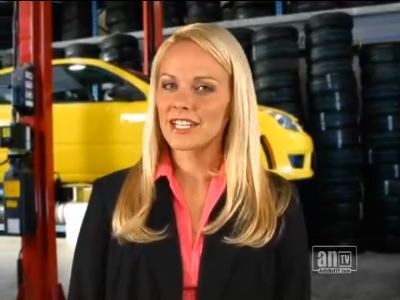If you saw a dollar bill on the ground, you’d pick it up, right? Well, whether you find that dollar on the ground or in savings at the gas pump, money is money, and here are some ways to hold on to more of it.
Slowing down is the easiest way to save fuel, especially for every speed increase over 50 mph/80 k/hr. Tone down the speed, turn up the cash savings. Drive smoothly (not like a race car driver) and you’ll also save money in fuel. Aggressive, fast-start, jerky-stop habits are just pulling the bucks out of your wallet about a third more than if you drove just a little more gently. Oh, and cruise control can help with that smooth, steady speed, so use it on the highway. Bonus!
Are you hauling around a set of dumbbells or a box of books? That extra weight is costing you dough. Store them somewhere else. When’s the last time you checked to see your tires were inflated properly? That’s another money saver and makes your vehicle safer.
An idle thought… don’t idle any longer than you have to. If you will be idling for more than 30 seconds you’ll save money by turning off the engine and re-starting it. More and more of the latest vehicles now do this automatically.
Some like it cold. But air conditioning uses a lot of extra fuel. If you can live with the cabin at 72 on a hot day rather than turned down to arctic freeze levels, you’ll save some cool cash. Turn off the A/C all together can save you from 5-20 percent
The key to a fuel-efficient vehicle is keeping it well maintained. If your spark plugs are old, your belts frayed and your brake pads worn, you’re just throwing away fuel. Try a few of these gas-saving suggestions and while you’re at it, you’ll be helping to reduce your carbon footprint that will help everyone on Planet Earth.
Autotronics of St. Peter
111 Jefferson Avenue
St. Peter, MN 56082
507.934.9290
http://autotronicsstpeter.com
